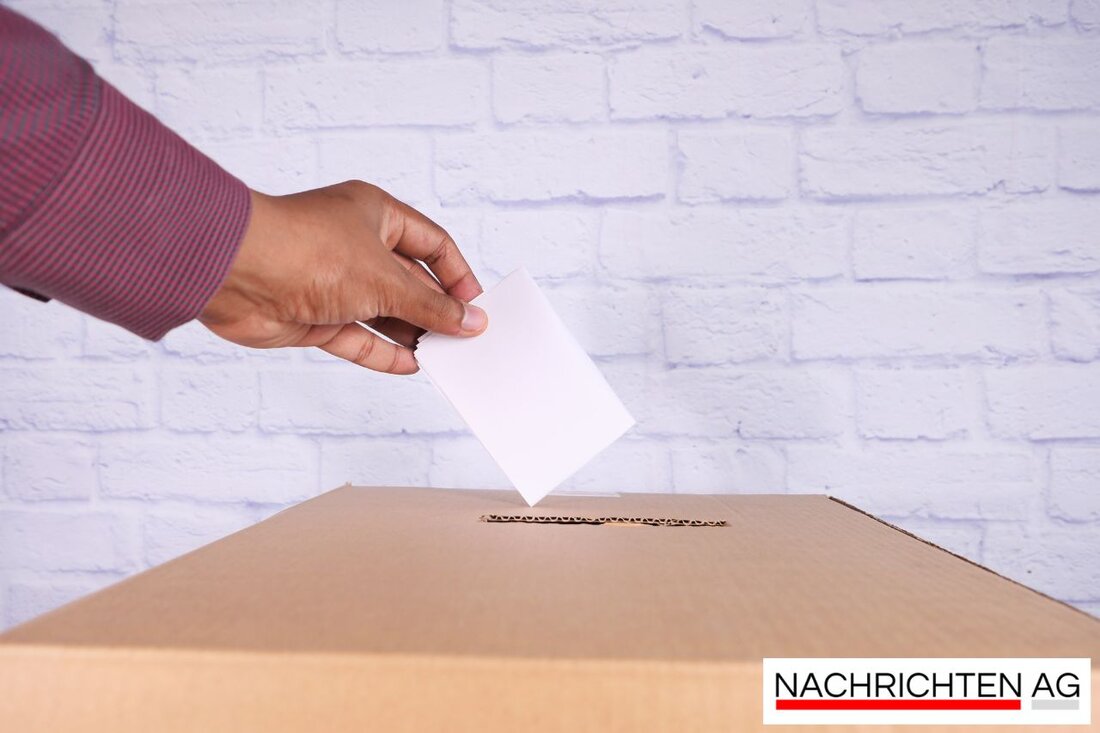75 years of ARD: Looking back at the history of broadcasting in Bremen!
Bremen: 75 years of ARD - insight into the founding, development and influence of public broadcasting in Germany.

75 years of ARD: Looking back at the history of broadcasting in Bremen!
75 years ago, between June 9 and August 5, 1950, the ARD (Association of Public Broadcasters of the Federal Republic of Germany) was founded in Bremen. Six founding institutions laid the foundation for what is now an essential part of the German media landscape: Nordwestdeutscher Rundfunk (NWDR), Bayerischer Rundfunk (BR), Hessischer Rundfunk (HR), Radio Bremen (RB), Süddeutscher Rundfunk (SDR) and Südwestfunk (SWF). The founding statutes came into force on July 26, 1950, which paved the way for the first constituent meeting of the directors on August 5, 1950 in Munich. butenunbinnen.de reports that...
ARD has developed enormously in the last few decades. A joint television program was decided on as early as 1952, which started on December 25, 1952 as “German Television”. Six years later, on June 1, 1961, ARD launched a second television program. Development was rapid – from April 1964 “third” programs emerged, starting with North German Television. Color television? This was introduced from April 1965, and ARD opened its studio in East Berlin just in time for the opening of the Berlin Wall in November 1989. [planet-wissen.de informs that...](https://www.planet-wissen.de/kultur/medien/ Fernsehengeschichte_in_deutschland/rundfunk-oeffentlich-rechtlich-100.html)
Public broadcasting today
Public broadcasting in Germany today includes, in addition to the nine ARD state broadcasters, ZDF and Deutschlandradio. It is financed primarily through radio contributions instead of advertising, which gives it a special character. These contributions, which currently amount to 18.36 euros per apartment, are the main source of financing and bring the broadcasters over 9 billion euros annually. bpb.de shows that...
However, trust in public broadcasting is struggling; a survey from May 2025 shows that only 55% of the population trust the reporting. This is not least due to controversies such as the RBB scandal, which also led to reforms of the broadcasting system. In order to do justice to modern media usage, the Reform State Treaty of 2024 includes measures to reduce radio waves and a stronger focus on digital formats, which are due to come into force in 2025.
A look at the diversity
Public broadcasters manage themselves and are therefore protected from government influence. They fulfill the mission of freely forming opinions and offer a wide range of programs, from news to entertainment to cultural contributions. The programs are not only diverse in content, but also tailored to different social groups: rehearsals with religious content or programs in several languages such as Turkish and Spanish are just a few examples. The various genres of music are also very popular, from pop to jazz to experimental music.
In summary, the path of ARD from its founding to the present day is a fascinating story that shows how the media landscape in Germany has changed. With constant development and adaptation to the modern needs of viewers, ARD remains an important element of the German media offering.

 Suche
Suche
 Mein Konto
Mein Konto